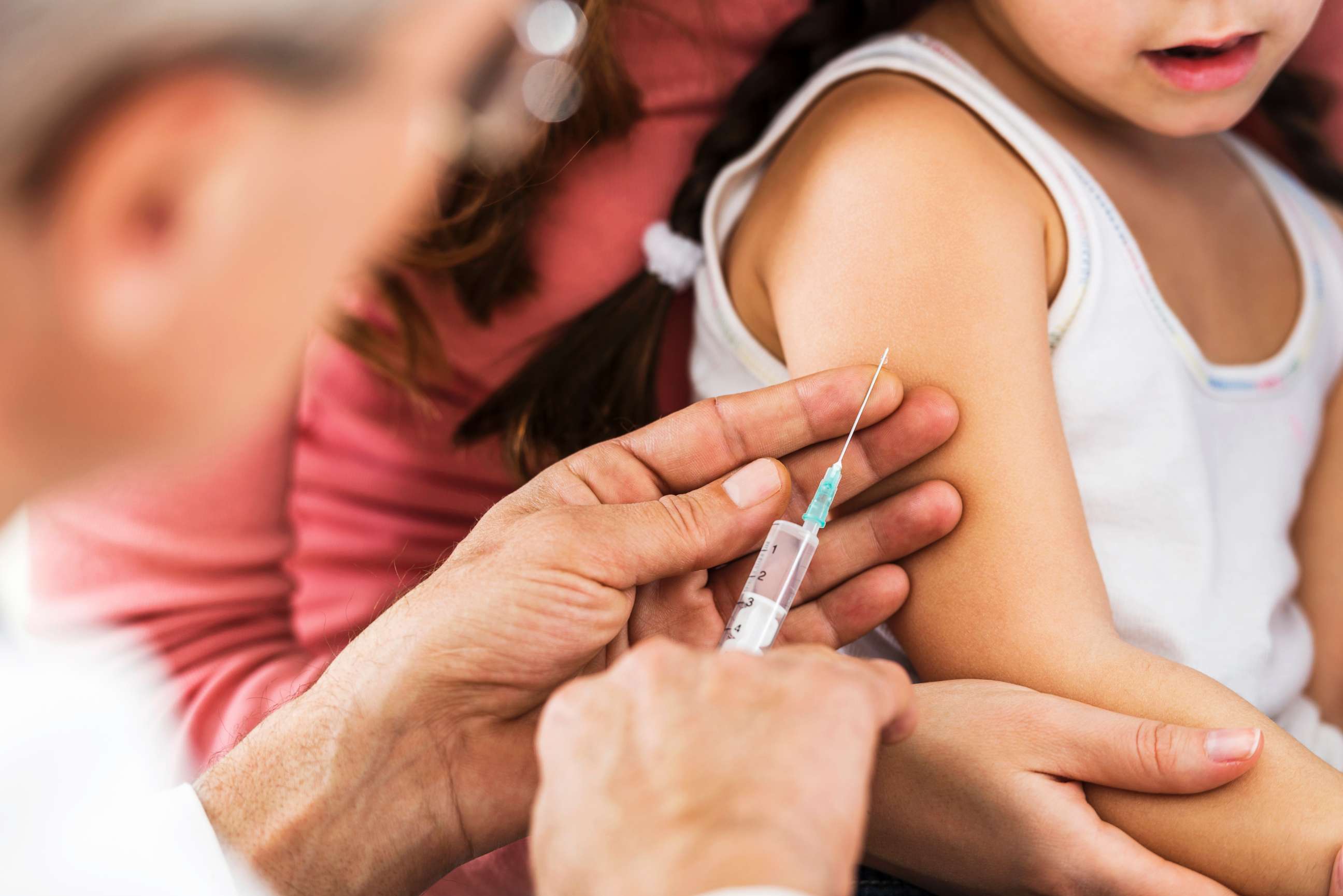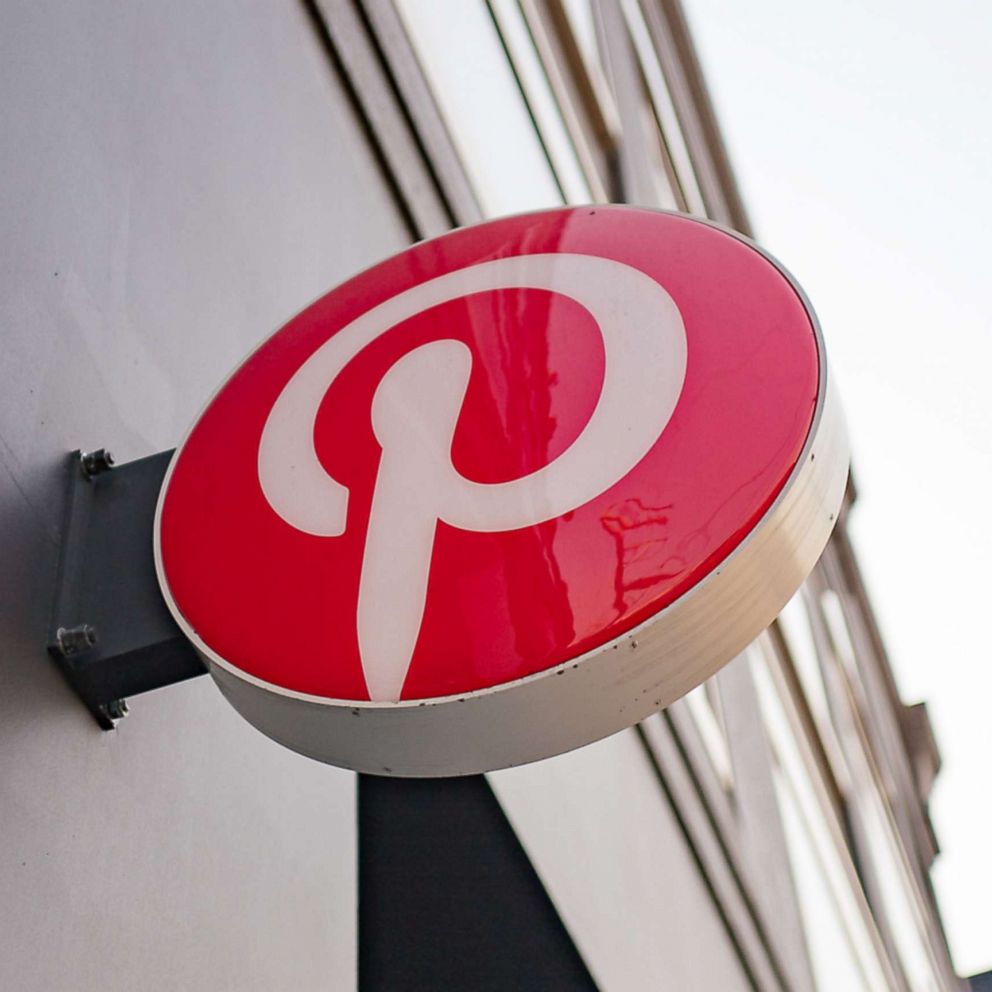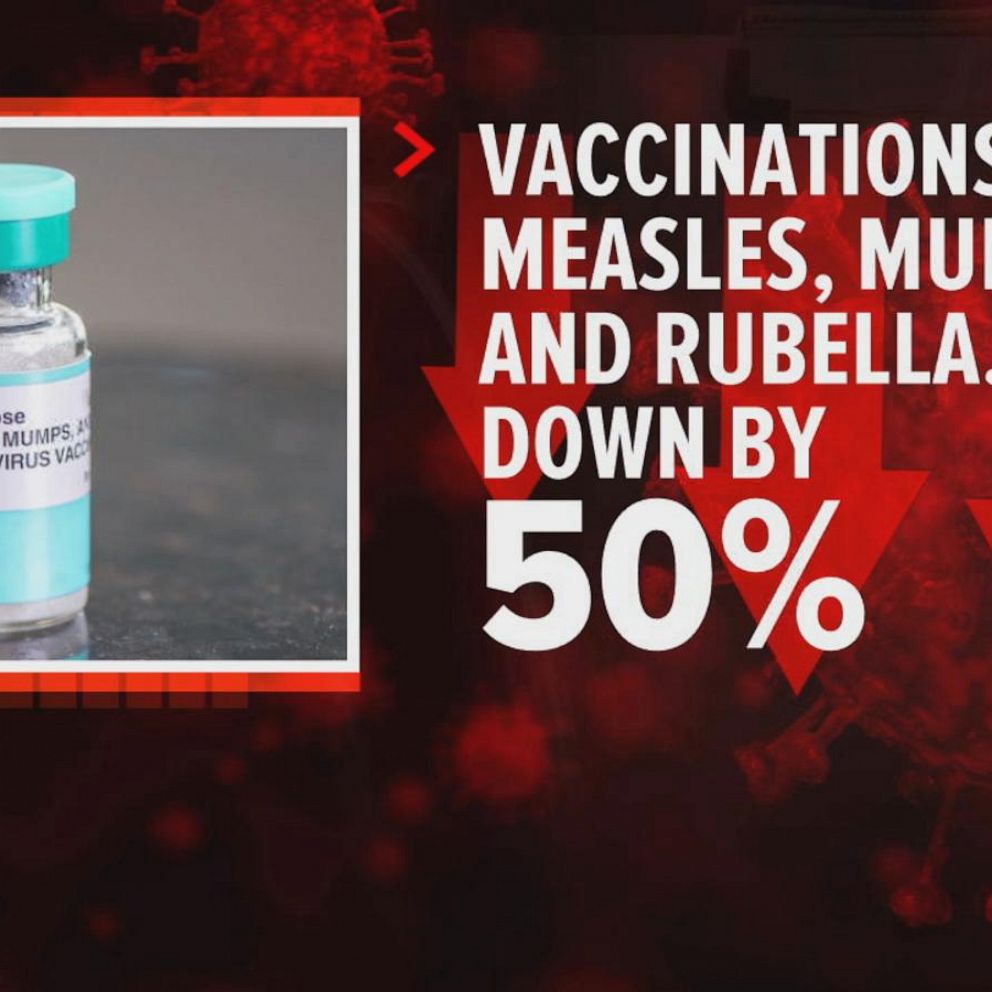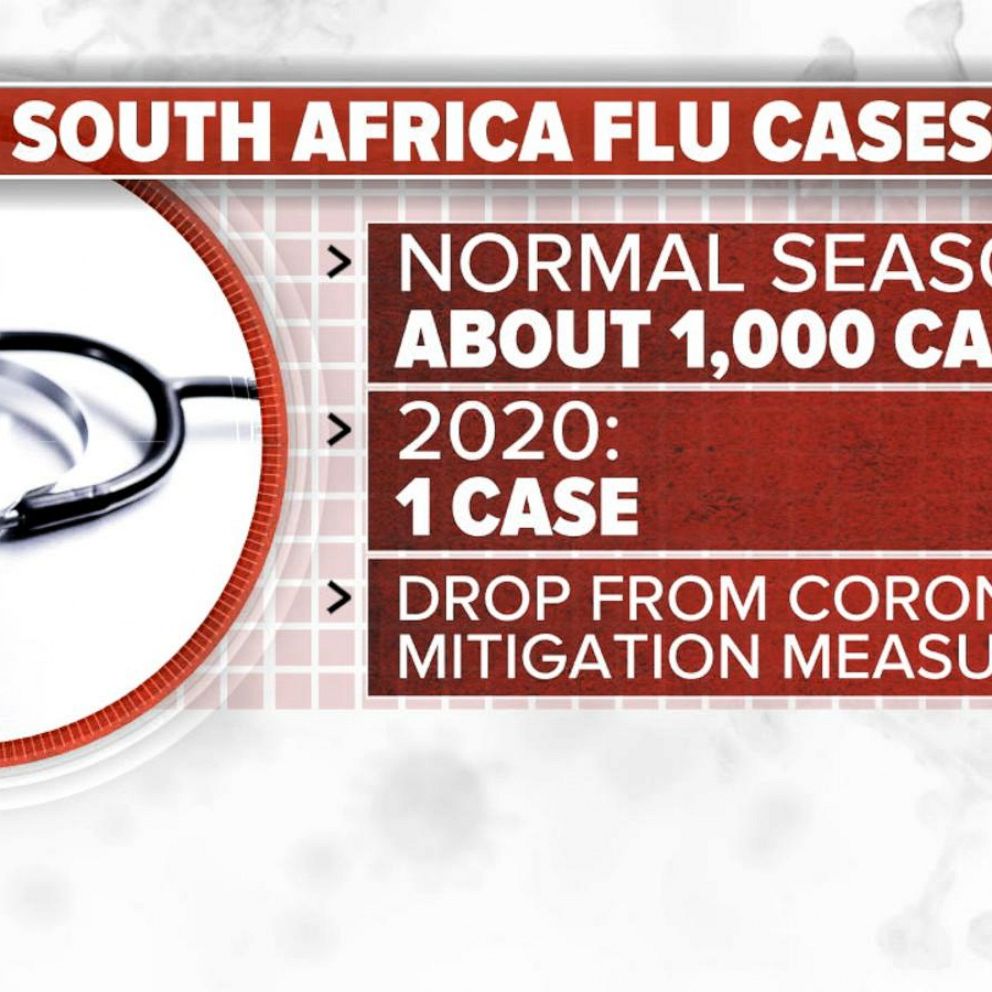US will allow pharmacists to administer vaccines to kids as vaccine rates drop during coronavirus pandemic
The CDC has reported falling childhood vaccine rates.
Children in the United States will have expanded access to vaccines during the coronavirus pandemic, according to a directive issued Wednesday by the U.S. Department of Health and Human Services (HHS).
Licensed pharmacists in all 50 states will now be able to administer vaccines to kids ages 3-18 provided they have completed the required hands-on injection training, according to HHS.
The new guidelines come a few months after a May 2020 report from the U.S. Centers for Disease Control and Prevention (CDC) that found a decrease in routine childhood immunizations because families were following stay-at-home orders during the COVID-19 pandemic.
Pediatricians around the country also reported in May that they were seeing significant drops in visits during the pandemic, according to the American Academy of Pediatrics (AAP).
The AAP, an organization of 67,000 primary care pediatricians, pediatric medical subspecialists and pediatric surgical specialists, issued a statement Wednesday opposing HHS's decision to allow pharmacists to administer vaccines
“This move is incredibly misguided. In the middle of a pandemic, what families are looking for is reassurance and clinical guidance from the doctors they trust most to care for their children: pediatricians,” AAP President Sally Goza, MD, FAAP, said in a statement. “Pediatricians’ offices are open and safe. We have all necessary childhood and adolescent vaccines in stock with trained medical professionals who can administer them. We know that the best, safest place for children to get vaccinated is in their medical home.”
"Creating a new vaccine system is not only unnecessary, but it will not provide children with the same level of optimal medical care they receive from the pediatrician who knows the child’s medical history," Goza added.

In issuing the new directive for pharmacists, HHS described the drop in childhood immunizations as a "public health threat and a collateral harm caused by the COVID-19 pandemic."
“As a pediatric critical care physician who has treated critically ill children suffering from vaccine preventable diseases, I know firsthand the devastation to the child – and to the family and community – of a death or severe brain damage that could have been avoided by a safe and effective vaccine,” HHS Assistant Secretary for Health Brett P. Giroir, M.D., said in a statement released by HHS. "The cornerstone of public health, vaccines, makes these dreaded diseases preventable. As we expand options during the COVID-19 response, we are also reminding parents, grandparents, and caretakers that there is no substitute for a critically important well-child visit with a pediatrician or other licensed primary care provider when available.”
The CDC recommends that children continue their well-child visits and vaccinations on schedule during the pandemic. The agency shares on its website which routine vaccines are recommended at specific ages in order to protect young kids and adolescent from 16 serious diseases.
"If our vaccination rates drop, then we are at risk to have another measles outbreak or a whooping cough outbreak,"Goza, also a practicing pediatrician in Fayetteville, Georgia, told "Good Morning America" in May. "Or if it’s a young child that doesn’t get their meningitis vaccine, they could get meningitis, which we haven’t seen much in many years."
Goza also detailed the steps that pediatricians have been taking throughout the pandemic to ensure they can still safely see patients.
"Some pediatricians are doing well visits in the morning, and sick visits in the afternoon," she said in May. "Some who have two offices only use one office for sick visits and one office for well visits."
"Pediatricians are making sure that their offices are cleaned at night, decontaminated, and trying to have physical distancing even in the office," Goza added. "Practices are not using waiting rooms much -- [some] practices are having you wait in the car and then come in once they’re ready to put you into a room."







